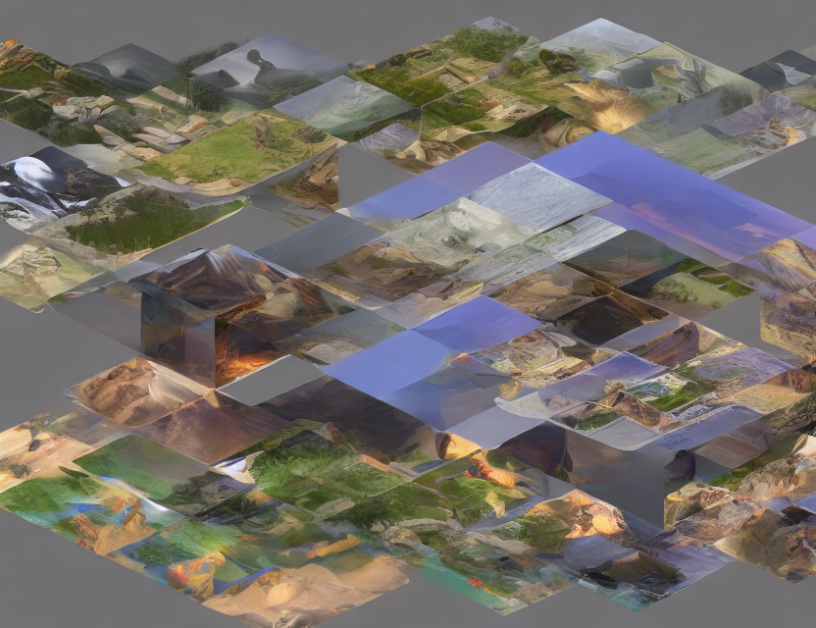Text-to-image generation is a rapidly growing field, and researchers have been exploring new ways to improve the quality and diversity of generated images. This article presents a novel approach called "retrieval-augmented text-to-image generation," which combines the strengths of different existing methods to create more accurate and diverse images.
Method
The proposed method consists of two stages: coarse generation and fine-tuning. In the coarse stage, the authors use a pre-trained text-to-image generator to produce a rough image based on the given text. In the fine-tuning stage, they add a subject encoder to the model, which injects subject information into the image, ensuring that it accurately represents the desired subject. The self-attention mechanism is used to preserve the identity of the subject, ensuring that the generated image is not only accurate but also recognizable as the intended subject.
Advantages
The proposed method offers several advantages over existing approaches. Firstly, it allows for more accurate and diverse generation of images by leveraging the power of retrieval-augmented models. Secondly, it preserves the identity of the subject, ensuring that the generated image is recognizable as the intended subject. Finally, the method is easy to implement and can be used with any pre-trained text-to-image generator, making it a versatile tool for researchers and developers.
Conclusion
In summary, this article presents a novel approach to text-to-image generation that leverages retrieval-augmented models to produce more accurate and diverse images. By combining the strengths of existing methods and adding a subject encoder to preserve identity, the proposed method offers a significant improvement over existing approaches. Its ease of implementation makes it a versatile tool for researchers and developers, opening up new possibilities for text-to-image generation in various applications.



